You may have noticed that ATVs do not use alternators to charge its battery as a car do. And you know that keeping the battery topped off is essential for the bike to function properly.
Quite many functions like the starter, cooling fans, lights, winch, power steering, heated grips, GPS, and other accessories require electricity to work.
So how then is it being charged? What is generating its juice?
An ATV uses what is called a stator system or magneto system to charge its battery. This is a fairly simple and robust system located on the inside of the ATV’s engine. Any time the engine is running, the stator is continuously generating an electric charge. Some of the electricity is used to power the bikes different electrical components. What’s left is being used to charge the battery.
If you’re anything like me, you want to know how your vehicle’s various systems are actually working.
This gives you a better understanding of its capabilities and limitations and makes troubleshooting a bit easier when things do not work as it’s supposed to.
A stator system can be designed in several ways, but they all share the same working principles.
Inside the engine crankcase, you have a shaft (the crankshaft) spinning at the same speed as the bike RPMs. The more throttle you give, the faster this shaft rotates.
The engine power is what powers the charging system. The charging system will “rob” your engine for about 0,5 hp on maximum output, which practically makes it a non-issue.
The charging system is connected directly to this shaft and basically consists of three different components. This is a rotor or flywheel, a stator, and a regulator rectifier.
The stator and flywheel are located inside the engine behind this cover.The stator looks like a drum or a ring that’s made up of multiple laminated non-conductive bars wrapped in thin copper wire.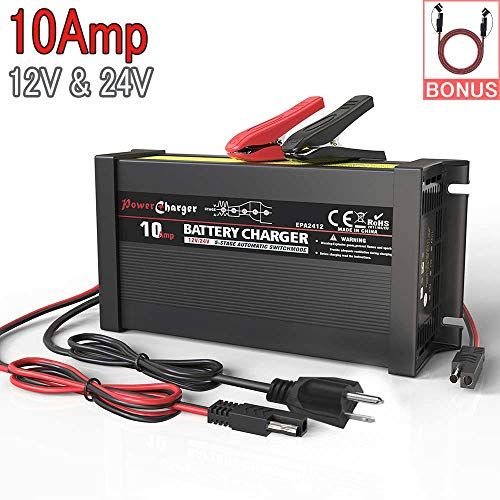 Each bar works like a coil.
Each bar works like a coil.
The number of bars varies from manufacturer to manufacturer and model to model, depending on the power output the bike requires. The shaft goes through this ring of coils, but the stator itself is not spinning.
One typical charging system style has the rotor mounted directly to the shaft, inside the stator. On the outside of the rotor, you’ll have several magnets.
Most common, however, is another variation of the system where the magnets are connected inside a flywheel that spins on the outside of the stator.
Both systems basically work the same way: When the magnets on the rotor or the flywheel spin past the coils on the stator, the magnet will induce a current in the coils. With each revolution, this current reverses itself, and you get an alternating current.
However, this current is too unstable to be let directly into the bike’s electrical system as the voltage varies in-line with the engine speed, and at full speed is way too high.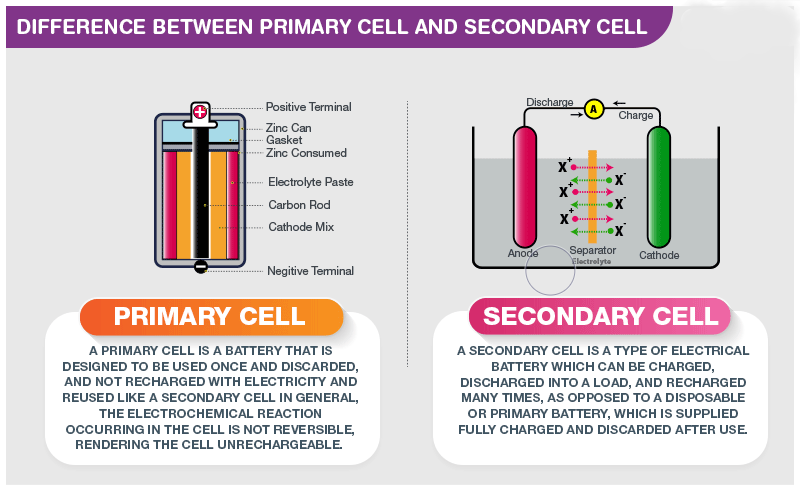
The current also needs to be converted from alternating current (AC) to direct current (DC) before it can be used to charge the ATV battery. This is achieved by sending the current through a regulator rectifier.
This is usually a small black or metal box with heat fins on the outside to better dispose of the heat created by the semiconductors inside.
The regulator on my Polaris.The power that comes out of this box is ready to be used by the rest of the bike’s electrical system.
A common fault on ATVs is when the regulator-part of this box fails, and you’ll get too high voltage pumped out into the bike’s electrical system. This may cause bulbs to go out, heated grips to die, and batteries to boil dry.
It’s important to measure your regulator’s output as soon as you suspect it has gone bad.
No, it’s not. A big chunk of the power the charging system generates is being used right away to power the bike’s electric components.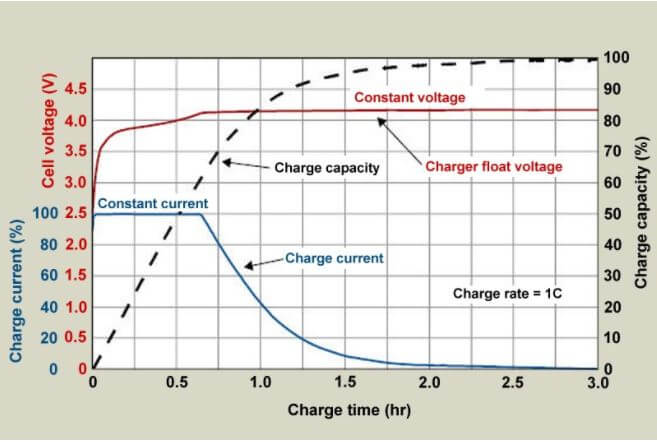
The charging system and the battery are designed to work hand in hand, and the power that’s left goes to charging the battery. When the ATV only needs a small current to power electric components, the battery gets a good charge.
Other times like when you use a winch, hand warmers, or other power-hungry accessories, you actually use more power than the charging system can deliver, and power is taken from the battery.
Belt driven automotive-style alternators can create a substantially higher power output than the magneto style systems used on ATVs. Why do the manufacturers choose an inferior system to be used on our bikes?
Well, it all boils down to technical challenges. An alternator needs a lot of air blown by it to keep it cool. But it has to be relatively dry and clean air. The alternator cannot handle the wet and dirty conditions it likely will be exposed to when fitted to an ATV.
On the other hand, Stator systems are well protected inside the bike’s crankcase and do not require a constant airflow to keep them cool as they are designed to tolerate relatively high temperatures.
Different combinations of engine coolant, engine oil, and internal fans are used to keep the stator system operating within its rated temperature range.
Space limitations are also a deciding factor when the designers choose to use stator systems over alternators as the latter typically require a lot more room.
This is no problem in the relatively spacious engine compartment of a car, but on ATV’s the design needs to be compact, which can more easily be achieved with a stator system.
But over the years, ATVs have been and still are being fitted with an increasing number of power-hungry electric components. This puts ever-increasing stress on the bike’s charging system and battery.
To keep up, the engineers have been busy making improvements to stator type charging systems. The systems have evolved tremendously, and the average power output has increased by as much as 3-4 times from the 1990s up to today.
And for the most part, they still manage to keep up with the demand.
Changes that have been made are the use of a better type of magnets, amping up the number of coils and magnets by increasing the diameter of the flywheel and moving from a 1 phase to a 3 phase power output system.
Only the future can tell us if ATV’s will still be using stator systems for the years to come or if the ever-increasing demand for electric power at some point will force the engineers to start looking for alternatives like the alternator or others.
When the bike uses more electricity than the charging system can deliver, the power needs to come from the battery.
ATV batteries have low amp-hour capacities and are primarily meant to power the starter for just some seconds at a time.
Over time, overuse will drain the battery, resulting in you not being able to start the bike. And even worse, it can permanently damage the battery.
This can happen when you only use the bike for short periods of time each time you ride. The starter will drain quite a bit of power from the battery, and the charging system will need some time to charge it back to where it was.
The starter will drain quite a bit of power from the battery, and the charging system will need some time to charge it back to where it was.
Also, if you do a lot of winching, for example, when plowing, you may find you use more power than the system can deliver. Riding in low gear range may solve this as the higher REVs will give more power from the charging systems.
But sometimes this is not enough. Then your best option will be to hook up a charger to top off the battery in between each time you ride it.
Related: How to Charge Any ATV or UTV Battery; All You Must Know
I recommend getting a fully automatic battery tender that can be left connected without the risk of overcharging the battery.
The Ctek Multi XS 3600 is a cheap charger/tender that works well.ATV’s generally use one of two types of batteries. These are flooded acid-lead batteries (flooded batteries) and Absorbed Glass Mat batteries (AGM).
The acid batteries are the cheapest but cannot handle such a beating that gel batteries can. They are prone to spillage, which is not ideal for motorsport or off-road applications. Maintaining them can also be quite a hassle.
The AGM batteries are filled with gel and are practically maintenance-free. There is no risk of spillage, and they usually will last a lot longer. They cost a bit more to purchase, but the added cost will more than likely pay off in no time for the average ATV owner.
In my opinion, they are the perfect match for ATV’s.
As for charging, the AGM batteries allow for faster recharge and a slower discharge than the flooded acid-lead batteries. This is due to lower internal resistance.
It’s one of the worst feelings when your ATV won’t start because of a dead battery. That’s why I recommend you always hook your battery up to a charger if it’s going to be sitting for more than a couple weeks.
There are a few reasons I hook my battery up to a charger.
1- The battery died because I left the key in the on position.
2- During the winter or long periods of no use.
The battery could die from leaving the key on or maybe a power wire is shorting somewhere draining the battery. I hook my battery up to a smart charger throughout the winter to keep the battery fresh, that way my ATV will start right up in the spring.
To charge your ATV battery. Pop off the side panel protecting your battery from the elements, and then connect your smart charger to the battery terminals. To fully charge, leave the charger connected for about 4-5 hours.
Once you have your ATV and riding gear, the very next thing you should get is a smart charger. If you have a kick start or pull start, this won’t be as important. But for me, my ATV is electric start and having a good battery is essential.
The charger I use and recommend is a Ctek Smart Charger found here on Amazon. It’s sold at a good price (around $60-70) and has all the connections for any brand of battery your ATV has.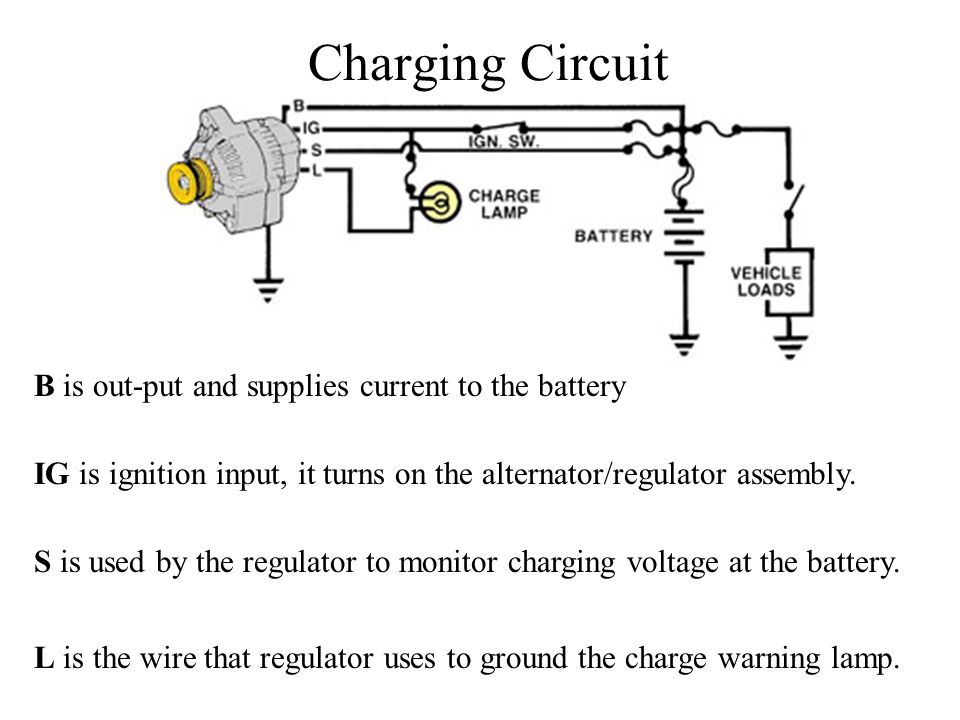 I chose this battery because of its price and how easy to use it is. This charger will turn itself off when the battery is full saving you costly damage that can occur from leaving a battery on a charger for too long.
I chose this battery because of its price and how easy to use it is. This charger will turn itself off when the battery is full saving you costly damage that can occur from leaving a battery on a charger for too long.
There are plenty of cheaper options you can find for ATV battery chargers. But, most of them are simple trickle chargers that you have to make sure you unplug as soon as the battery is done charging. I found it to be a big hassle having to set an alarm and run out to check on the battery all the time. With this charger I was able to set it and forget it. Which I love for leaving the battery on the charger all winter.
Getting a good charger will save you money in the long run anyways. If it saves you even one dead battery it basically paid for itself already. It’s definitely worth the money to get a decent charger, and you’ll be glad you have it when you need it.
Some people prefer the Battery Tender 1.25 amp found here on Amazon, which is fine, they work great too. But I’ve had no problems with my Ctek Smart Charger and I would buy another one when the time comes.
But I’ve had no problems with my Ctek Smart Charger and I would buy another one when the time comes.
This part is easy and can be done with a few simple tools. Take a wrench or screwdriver and remove the side panel of your ATV. Some ATV’s require that you remove the seat first, sometimes when you remove the seat, the battery is easily accessible right from there. You should be able to easily see where the battery is at this point.
Once you know where the battery is and can access it easily, you will just remove it from the ATV. To remove the battery just unhook the wires connecting the battery to the rest of the ATV, and sometimes there is a strap that holds the battery in place that can be easily removed. If you don’t want to remove the battery from the ATV to charge it, that is fine, just make sure you unhook the wires from the battery to the rest of the ATV.
To make leaving the battery on the ATV a little easier I got this Ctek Comfort Connector found here on Amazon. This has made charging the battery so much easier for me. And, it has a fuse to protect from power surges. Now I don’t even unhook the battery, I just plug the charger right into the connector and it’s done. I also got a similar setup for my motorcycle I liked it so much.
This has made charging the battery so much easier for me. And, it has a fuse to protect from power surges. Now I don’t even unhook the battery, I just plug the charger right into the connector and it’s done. I also got a similar setup for my motorcycle I liked it so much.
If you don’t get the quick connector, that’s ok, the smart charger has clamps that will connect to any style battery like jumper cables would. Simply connect the charger to the battery terminals and plug it in to charge the battery.
Here’s a helpful video to show you how to charge the battery.
The quickest easiest way is to try charging the battery and see if it takes a charge.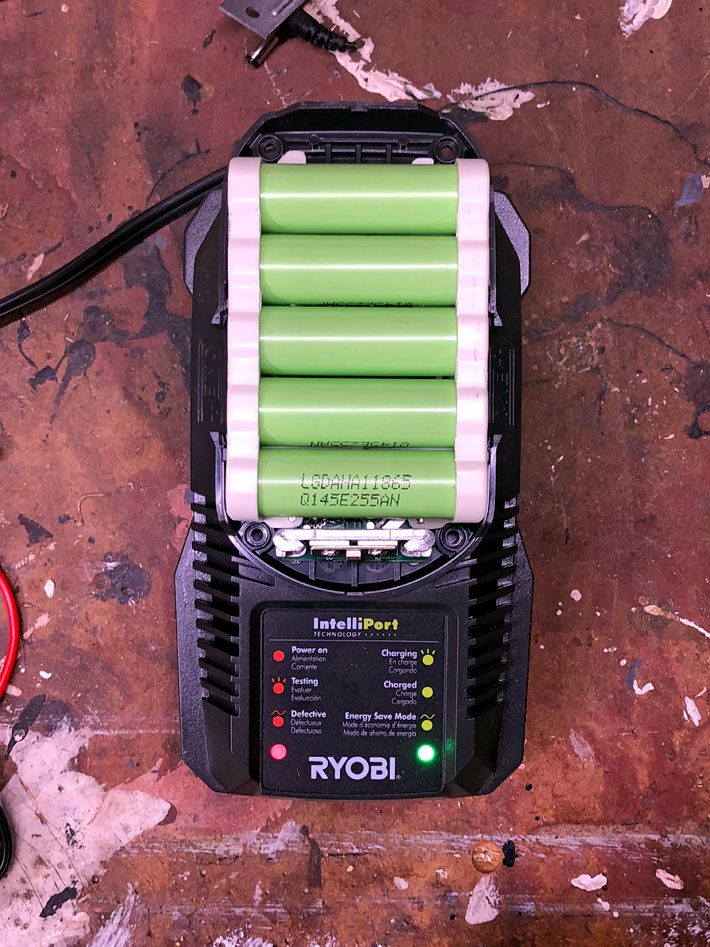 If it does, great! If not, you might need a new battery. If they battery was left out all winter, you probably need a new one. It is worth seeing if the smart charger will charge it, but it’s not likely.
If it does, great! If not, you might need a new battery. If they battery was left out all winter, you probably need a new one. It is worth seeing if the smart charger will charge it, but it’s not likely.
I don’t recommend getting a battery from a local parts store unless they have multiple options to choose from. A lot of the time the price is just too high. Our local parts store was selling a simple ATV battery for almost $100. After looking around online I found the same exact battery for half the price. If you can wait a couple days for shipping, just get yourself an ATV battery on Amazon.
It is always a better idea to charge the battery slowly. Charging slowly will extend the life and quality of your battery. When you charge a battery too fast, it could damage the battery and affect the retention rate. What I do I charge my ATV batteries at .8-1 amps, which takes longer, but ensures my battery will last longer.
A normal charge time should be around 5 hours to get a full charge. If you have a smart charger you can just leave it overnight and not have to worry about it.
If you have a smart charger you can just leave it overnight and not have to worry about it.
If you don’t charge your battery throughout the winter, you will likely have a dead battery come spring time. Simply take your battery out of your ATV and hook it up to a decent smart charger throughout the winter. This way you won’t be buying a new battery every year.
You could use trickle charger for this as well, just make sure you get one that shuts off when the battery is charged or you could damage the battery.
Getting a good charger and taking care of your ATV’s battery will save you more money in the long run, and you will be happy you did.
Sharing is caring!
Electric ATVs are rapidly gaining popularity due to their efficiency and environmental friendliness. But many riders still do not know how to charge an ATV on a battery. Improper charging reduces the battery life or the battery loses its capacity quickly. Therefore, let's figure out how to charge a children's ATV and consider the key recommendations of experts.
Improper charging reduces the battery life or the battery loses its capacity quickly. Therefore, let's figure out how to charge a children's ATV and consider the key recommendations of experts.
There are two ways to recharge the ATV battery. The first and easiest is to connect the charger to the appropriate connector. All electric cars and scooters are charged in a similar way, although not all quadrics have a similar socket.
If the ATV does not have a charging port, the rider will have to connect the battery directly to the charging station. To do this, you need:

It is important to note that lithium batteries have a charge level control board. This means that after a full charge, the process stops. Although overcharging the battery is still not recommended.
Another important question many riders are wondering is how to charge an ATV battery with an in-car charger. Yes, such a procedure is possible, but you need to properly configure the charger. For recharging, you can only use devices with adjustable charging current and the ability to set its minimum level (0.5-0.7 A).
Important : The optimal current for charging the battery is 1/10 of the battery capacity (in Amps).
Each vehicle's user manual lists the optimum battery charging time. On average, this figure is 6-12 hours. The charging time depends on the generation of the battery, its capacity and the characteristics of the charger. Don't forget to charge the battery, though. If the battery has 30-40% capacity left, the recharging time should be reduced.
If the battery has 30-40% capacity left, the recharging time should be reduced.
But what if you don't know how long to charge your ATV battery? In this case, you need to almost completely discharge the battery and charge it for 8 hours. After that, the battery should be installed on the quadric, and the charge level should be assessed. If the indicator shows 100%, next time you need to charge the battery for 6-7 hours. In this way, you can determine the optimal recharging time.
Also remember that overcharging is the main enemy of batteries. It is strongly not recommended to leave the battery connected to the network for 15-20 hours. This leads to a decrease in battery capacity and, accordingly, a decrease in the operating time of the quadric.
Knowing how long it takes to charge an ATV, you can make a schedule for recharging it. For example, the battery can be connected to the network in the evening or after each trip. You can also purchase a replacement battery, thereby increasing the riding time on the ATV.
The battery of any electrical equipment must be properly maintained. Violation of the recommendations may lead to a decrease in battery capacity or damage to it. To avoid such problems, it is recommended:
Separately, it is worth mentioning the "buildup" of the battery. Immediately after purchasing the equipment, you will need to fully charge and charge the ATV several times (2-3 times).
Most riders store their bikes before winter. And in order for the device to be ready for operation in the spring, it must be properly preserved. Preparing an electric quad bike for wintering is quite simple, you just need to find a warm and dry place to store the quad.
And in order for the device to be ready for operation in the spring, it must be properly preserved. Preparing an electric quad bike for wintering is quite simple, you just need to find a warm and dry place to store the quad.
Another important conservation point is battery preparation. Before wintering you need:
Note : If you leave the quad battery in the cold, the battery will simply "leak" and stop working.
11/16/2020 7276
Buying a children's ATV or its adult counterpart is not just about being a rider. This technique requires special attention. As a rule, the owners of this motorcycle often do not pay enough attention to charging the battery, which can cause it to fail almost every season. Remember, if you charge your ATV battery correctly, it will last you many times longer.
This technique requires special attention. As a rule, the owners of this motorcycle often do not pay enough attention to charging the battery, which can cause it to fail almost every season. Remember, if you charge your ATV battery correctly, it will last you many times longer.
To avoid premature battery failure and reduced capacity, follow these guidelines:
Always follow the connection diagram when installing the battery in the ATV. You need to start by connecting the positive terminal. Be careful not to reverse the polarity as this can cause both the fuse to blow and the battery to explode.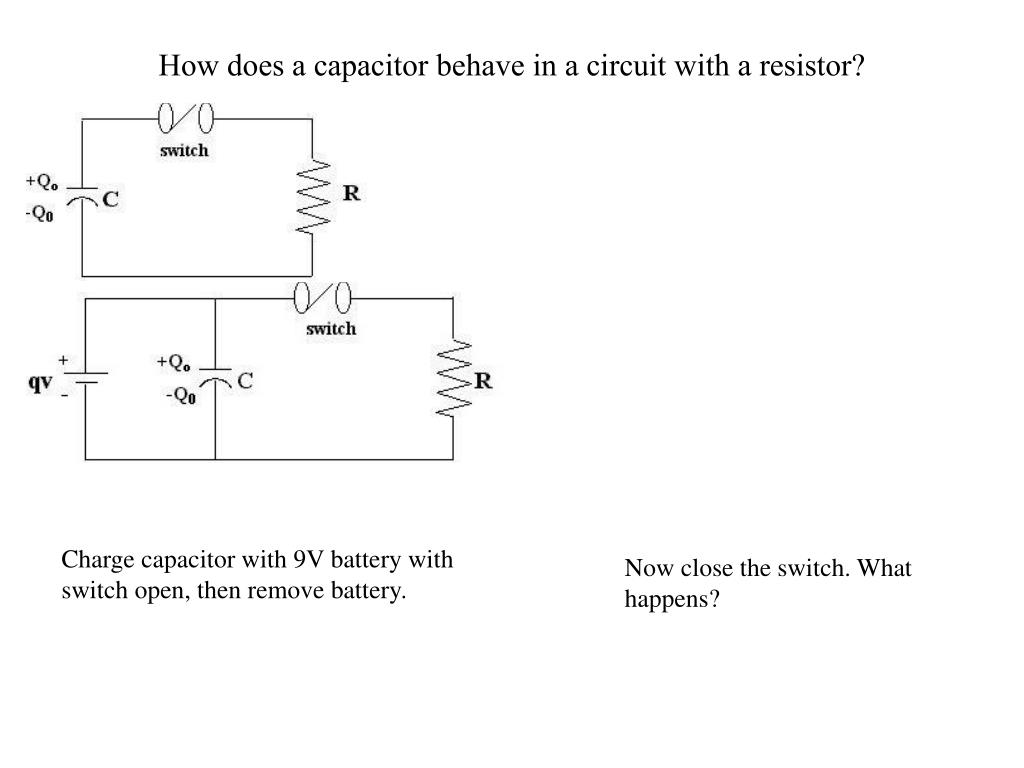
If the vehicle battery suddenly stops charging, there may be several reasons for this:
The first signs of regulator relay failure are when the ATV battery starts to drain too quickly. Diagnosis of such a breakdown is carried out by measuring the resistance with a voltmeter at the battery terminals. Repairing any electrical equipment of an ATV is a rather complicated process that a true professional should perform.
Often the best solution when a battery or regulator fails is to replace it with a new one. It is much easier to prevent this kind of breakdown than to fix it later. That is why it is necessary to charge the battery of motor vehicles in strict accordance with the requirements of the manufacturer.
There are two ways to charge the child's ATV battery with the charger.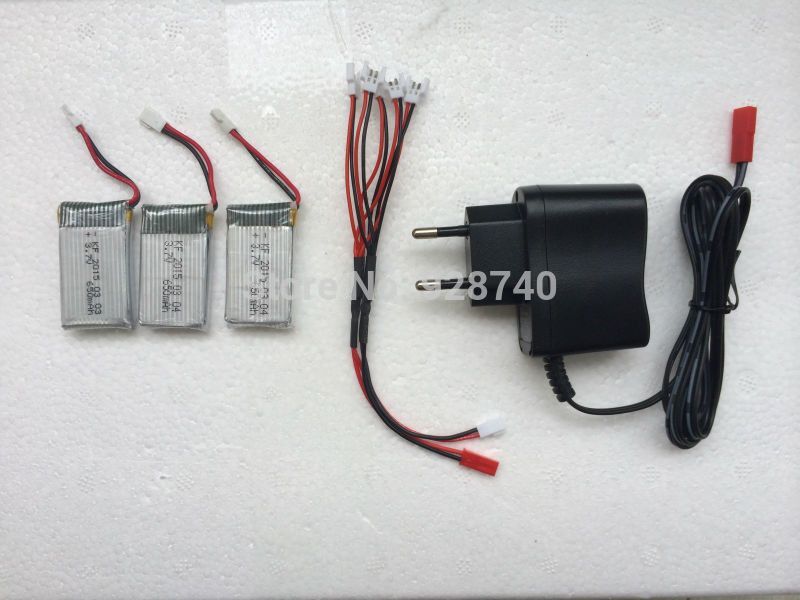 The easiest of them is to connect the charger to the appropriate connector on the motorcycle. True, such a nest is not available on all models of ATVs. If there is no such connector, then the battery should be connected directly to the charger. The battery is charged as follows:
The easiest of them is to connect the charger to the appropriate connector on the motorcycle. True, such a nest is not available on all models of ATVs. If there is no such connector, then the battery should be connected directly to the charger. The battery is charged as follows:
Lithium ATV batteries usually have a board that monitors the battery level. But even in this case, it is strongly not recommended to charge the device longer than necessary.
Each ATV gel battery manufacturer provides detailed charging instructions. It is very important to choose the right charger with the ability to adjust the amperage in order to avoid overcharging the battery.